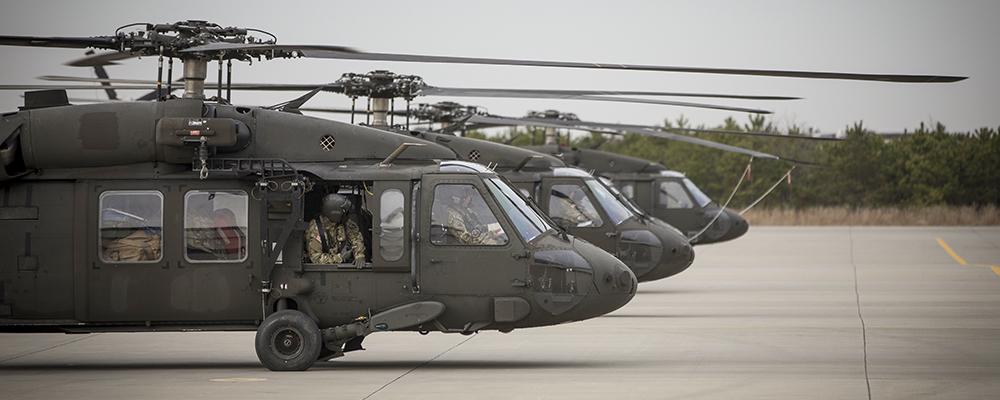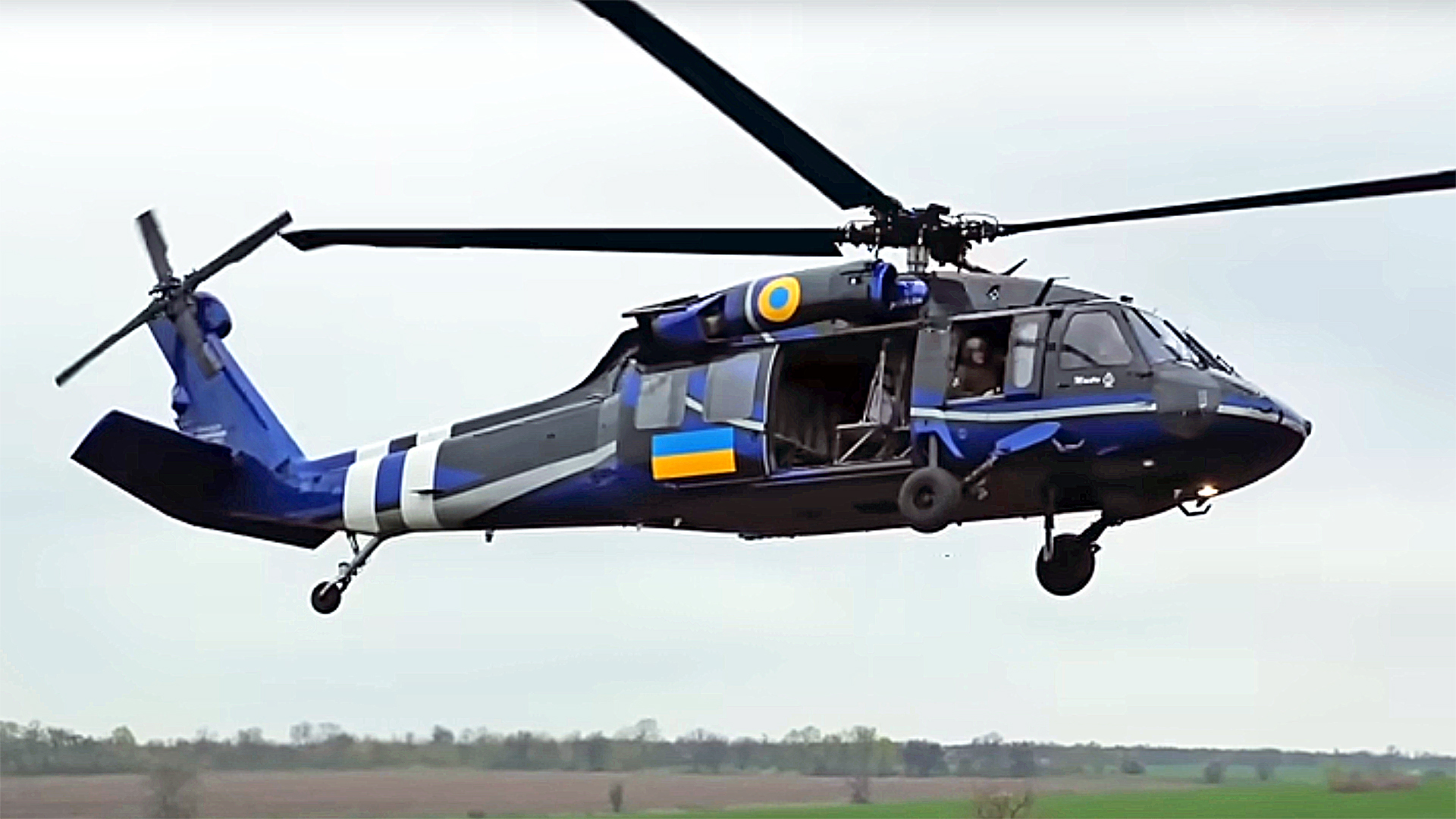The UH 60’s Enduring Legacy in Military Aviation and Its Global Impact
The UH 60’s Enduring Legacy in Military Aviation and Its Global Impact
Blog Article
Discovering the Background and Development of the UH 60 Helicopter

Beginnings of the UH-60
The origins of the UH-60 helicopter can be mapped back to the late 1960s, a period marked by the requirement for a versatile utility aircraft that can adapt to the evolving demands of modern warfare. The united state Army identified the necessity for a substitute for the older UH-1 Iroquois, which was coming to be progressively poor for the complexities of contemporary fight circumstances. In 1967, the Military launched the Utility Tactical Transport Airplane System (UTTAS) program, which looked for to create a multi-role helicopter efficient in various missions, including troop transport, medical emptying, and logistical support.
The UH-60 Black Hawk was presented, showcasing cutting-edge style elements and progressed technology that set it apart from its precursors. The UH-60 rapidly gained recognition for its robust performance, integrity, and adaptability, paving the way for its considerable usage in military procedures and solidifying its status as a foundation of U.S. Military aeronautics.
Secret Layout Features
Cutting-edge layout functions of the UH-60 Black Hawk substantially add to its operational performance. One of one of the most notable aspects is its twin-engine setup, which enhances dependability and gives a higher power-to-weight proportion, enabling the helicopter to do under numerous conditions. The airplane's four-blade main rotor system uses improved lift and maneuverability, crucial for tactical objectives.

Additionally, the cabin is developed for optimum presence and comfort designs, including advanced avionics that enhance pilot operations. The modular style of the UH-60 permits very easy maintenance and flexibility, making it suitable for different objective accounts, from troop transportation to medevac operations. These key style features make sure that the UH-60 Black Hawk continues to be a flexible and reputable property in military air travel, with the ability of satisfying the needs of modern warfare.
Technical Developments
Current technical developments in the UH-60 Black Hawk have significantly improved its functional capacities and flexibility. The combination of sophisticated avionics, such as digital trip control systems and boosted situational recognition display screens, allows pilots to operate with enhanced precision and efficiency. These systems promote improved navigation, communication, and data sharing, making it possible for the helicopter to function properly in diverse atmospheres.
Additionally, the introduction of composite materials has decreased the total weight of the airplane while preserving structural integrity. This decrease enhances fuel effectiveness and prolongs operational variety. The consolidation of sophisticated rotor modern technology, including using four-blade, fully articulated rotor systems, has enhanced lift performance and maneuverability, enabling for far better handling in numerous trip problems.

Additionally, developments in propulsion systems, such as the T700-GE-701D engines, have enhanced power output and reliability - uh 60. These engines contribute to premium performance in high-altitude and hot-weather problems
Last but not least, the assimilation of self-defense systems and improved sensing unit plans improves the Black Hawk's survivability and mission have a peek at these guys effectiveness. Collectively, these technological renovations make sure that the UH-60 Black Hawk stays an important property in modern aviation, qualified of adapting to the developing demands of military and altruistic missions.
Duty in Military Operations
As the foundation of U.S. Army aeronautics, the UH-60 helicopter plays a critical duty in different armed forces procedures, acting as a versatile system for fight support, transportation, and medevac goals - uh 60. Its design includes the ability to run in diverse settings, making it essential for troop motion and logistical support in both unconventional and conventional warfare

In clinical discharge situations, the UH-60 has actually verified very useful, dramatically lowering the time to move damaged soldiers from the battlefield to medical facilities. Its sophisticated avionics and evening vision abilities better guarantee objective success under challenging problems. Generally, the UH-60 helicopter remains an important asset, continually adapting to fulfill the progressing needs of armed forces operations and enhancing the effectiveness of U.S. forces worldwide.
Future of the UH-60
Looking in advance, the future of the UH-60 helicopter involves substantial innovations in innovation and capabilities made to enhance its operational performance. As military procedures evolve, the UH-60 is anticipated to incorporate innovative modern technologies, including boosted avionics, enhanced tools systems, and advanced interaction tools. These enhancements will certainly enable better situational understanding and objective versatility, ensuring that the UH-60 stays a crucial asset on the combat zone.
One noteworthy growth is the assimilation of fly-by-wire systems, which will improve flight control precision and lower pilot work. Moreover, initiatives to update the airframe and engines aim to enhance haul, array, and rate capacity, thereby increasing the helicopter's operational range (uh 60).
The future also holds guarantee for raised interoperability with unmanned airborne systems (UAS), making it possible for coordinated missions that leverage both manned and unmanned capabilities. Additionally, the consolidation of expert system and maker understanding could optimize flight characteristics and maintenance procedures, causing reduced operational prices.
Verdict
The UH-60 Black Hawk helicopter stands for a substantial accomplishment in military aviation, advancing from the U.S. Army's first demands for a flexible utility airplane. Its ingenious style features and continual technical advancements have guaranteed its importance in different military operations over the decades. As the needs of contemporary warfare adjustment, the future of useful content the UH-60 will likely include further enhancements and adaptations, enhancing its condition as a vital property for armed pressures worldwide.
The UH-60 Black Hawk helicopter represents a significant turning point in military air travel, emerging from the United state Army's pursuit for a much more flexible and reputable utility airplane in the late 20th century.The origins of the UH-60 helicopter can be mapped back to the late 1960s, a period noted by the need for a versatile energy aircraft that might adjust to the this link progressing needs of modern war. Overall, the UH-60 helicopter stays a vital possession, constantly adapting to satisfy the advancing demands of armed forces procedures and enhancing the efficiency of United state forces worldwide.
Looking ahead, the future of the UH-60 helicopter involves substantial improvements in technology and abilities created to enhance its functional efficiency.The UH-60 Black Hawk helicopter stands for a substantial achievement in armed forces air travel, advancing from the United state Military's initial requirements for a versatile energy aircraft.
Report this page